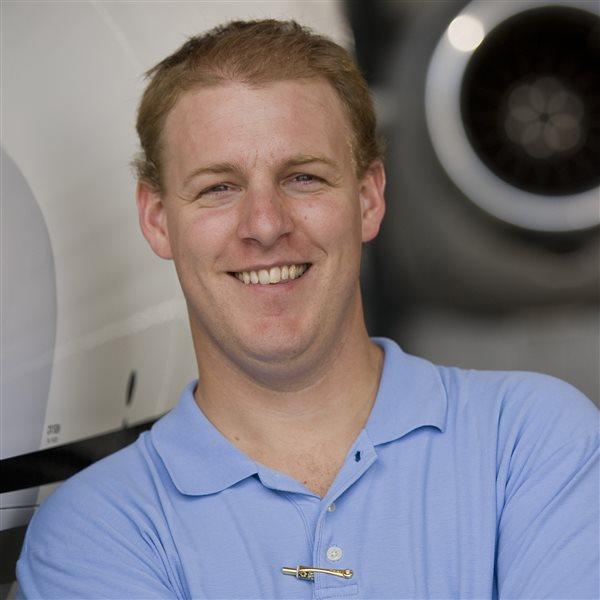Flight School Spotlight
Chickasha Wings
Living on a large farm in western Kansas kept Williams active helping the family with crops and livestock. When he turned 18 his family offered him the chance to go to college or to start his own farm. He chose college. A job as an electrical engineer took him to Oklahoma, where he met his wife, Stacy, and that’s when the aviation bug started.
Stacy’s grandfather had flown F–86s in Korea and she had always wanted to learn to fly. After earning a certificate and buying an airplane, Stacy flew Mitch all around the area and to visit family in Kansas.
Mitch has what he calls an obsessive personality and he was soon hooked on flying as well. Seeing that no one was offering training at the local airport in Chickasha, Oklahoma, he made his Cessna 150 available for rent, and growth started happening organically.
Today Chickasha Wings is an AOPA-award-winning flight school with nine airplanes, six instructors, five mechanics, and a slew of happy customers.
In many ways the school bucks trends. Its newest airplane was built in 1974. Some need paint, the office is modest, and the location—about 45 minutes outside Oklahoma City—isn’t ideal. Yet, Williams has been able to attract people from all over the state, and in some cases, from across the country. Part of the reason is cost. An old Piper Apache burning auto gas keeps rental costs cheap and enables multiengine add-ons for between $2,000 and $3,000. Given the shortage of multi training options, that’s a great bargain. The rest of the fleet is modestly priced as well.
But there’s some savvy strategy under the flaking exterior. For one, Williams is highly focused on the customer experience. “We find out what they need and we try to meet it,” he said. He constantly pushes his instructors to try to say yes to customers, whatever it is they want to do. Simply referring to students as customers shows an understanding of the nature of what makes a flight school successful. When someone walks in the door with 15 hours of flight training and having just bought a high-performance airplane, Williams figures out a way to get that person training and travel in one package. Or when a CFI candidate says his current school has a training course outline requiring 25 hours, Williams works to do it in less time. “I give the impression that we’re not necessarily out here for the money.”
The school has a clean and modern website with great photography. A former instructor who was savvy with web design helped create it. Williams feeds Facebook with customer success photos. He thinks promoting a new solo achievement has far-reaching impacts. “When someone sees that and they see it happened last week, that’s pretty good motivation to get yours done too,” he said. “If I could put one of those up every day I’d be the happiest flight school owner there is.”
Williams is also active in local government and civic groups. He’s reached out to Sen. James Inhofe, a powerful member of the Senate and strong supporter of general aviation, for help on issues such as designated pilot examiner shortage. As a member of the Rotary Club and the local Chamber of Commerce, Williams said being involved locally and knowing the mayor and the city manager has helped smooth over potential problems at the airport.
Now retired from his work as an engineer, Williams focuses on the school full-time, and he sees great potential in his instructors and the investments he’s made in his fleet, including full Dynon avionics suites and Garmin G5s.
Training the next generation of pilots is a far cry from milking cows.




